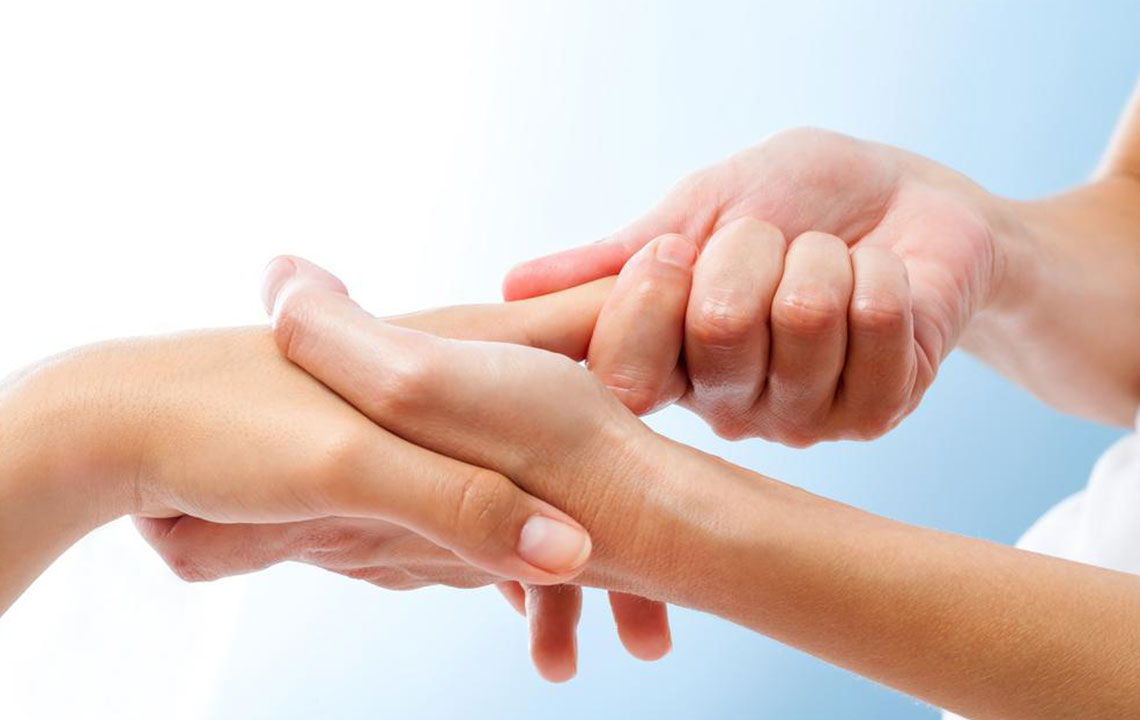Effective Treatments for Rheumatoid Arthritis

Rheumatoid arthritis (RA) is a painful disease that can result in permanent damage to joints. In order to prevent this, doctors and rheumatologists prescribe each patient for a rheumatoid arthritis treatment regimen that consists of various types of drugs, combined with physical therapy.
Rheumatoid arthritis
Rheumatoid arthritis is an autoimmune disorder. In an autoimmune disorder, the immune system mistakes a body part as an invasive organism and damages it. In RA, the immune system perceives the lining tissue in the joints called synovium as a threat and attacks it.
The synovium not only provides a protective covering but also produces a fluid that keeps the joints lubricated, enabling them to move freely. RA attacks the synovium, causing inflammation and ultimately damaging this tissue.
If left untreated, the damage to the synovium could affect the cartilage and bones in the joint.
And so, it becomes imperative to detect the disease and make sure that it does not progress rapidly. There is, as of now, no cure for Rheumatoid Arthritis.
Yet, there are ways to prevent inflammation, pain and to slow down the disease and keep it in remission.
Rheumatoid arthritis treatments
Rheumatoid arthritis treatments involve reducing pain, controlling inflammation, preventing the disease from progressing further or slowing it down, and putting the symptoms in remission.
The rheumatoid arthritis treatment starts with painkillers and anti-inflammatory drugs, to drugs that modify the course of the disease, and lets the patient enter long periods of remission (periods when there are no signs or symptoms of RA).
Analgesics and NSAIDs
Doctors first prescribe analgesics and Non Steroidal Anti Inflammatory Drugs (NSAIDs) to control pain and swelling. Over-the-counter NSAIDs like Ibuprofen as well as stronger prescription drugs might be advised.
If the patient is at risk for a stomach ulcer, alternative NSAIDs called COX-2 inhibitors can be prescribed.
Corticosteroids
Corticosteroids like prednisone can provide quick relief from inflammation and pain. However, because of the high risk of side effects, these are used as temporary medications, until the NSAIDs and DMARDs take effect.
DMARDs
Disease-Modifying Anti Rheumatic Drugs (DMARDs) can slow down or alter the course of the disease. DMARDs like methotrexate, leflunomide, and azathioprine work by targeting the immune system and the signals that trigger inflammation in the synovium.
They can slow down the damage caused by RA, and help extend the periods of remission, that is the period when there are no swellings or pain. They can also slow down the damage caused to the joints.
Biologics
These are special types of DMARDs. Biologics like abatacept and anakinra target specific parts of the immune system that are responsible for producing an inflammatory response.
These drugs block the immune response in specific parts and thus avoid interfering with the entire defense mechanism of the body.
JAK inhibitors
These are another type of DMARDs. They work by inhibiting the action of a family of enzymes known as Janus-kinase. This, in turn, interferes with the Janus-Kinase pathways that stimulate an immune response that causes inflammation.
Rheumatoid arthritis treatment plans
All these medications can help to control inflammation and pain. They also help slow down or halt the damage caused by the immune system in the joints. However, the problem with all these drugs are the side effects. They can cause adverse effects on other parts of the body like the heart, lungs etc.
Before prescribing the medicines, your doctor would study your condition, any other chronic diseases you might have, any adverse reactions you might have to certain medicines and so on. You would then be prescribed a set of drugs including NSAIDs and DMARDs. Your progress would be monitored and if you develop any adverse reactions, your medications may be changed.
Physical therapy
In addition to various drugs, you need to consult with a physiotherapist. A physiotherapist would suggest certain exercises and therapies to help ease your inflammation and pain while helping to maintain flexibility in your joints, and strengthening your muscles.
You can be given a set of daily exercises that help you stretch your joints painlessly. This can also help retain flexibility in the joints despite the effects of RA. Special routines like exercising in a warm pool can help you easily complete the workouts, and also help to ease the pain.
As RA affects the ways you carry out normal tasks, a physical therapist might suggest alternative ways to perform those tasks. He may also suggest some assistive devices that can help make life easier. As most arthritis patients experience pain and stiffness in the leg joints, you might also be advised to use special footwear that provides better support for your feet and joints.
Rheumatoid arthritis is a chronic disease that eventually causes deformation in your joints and curbs your mobility.
A good regimen of drugs to curb pain and halt the progress of the condition, in combination with exercises, can be highly effective.
These rheumatoid arthritis treatments will help you get relief from swelling and pain and let you lead a normal life.


